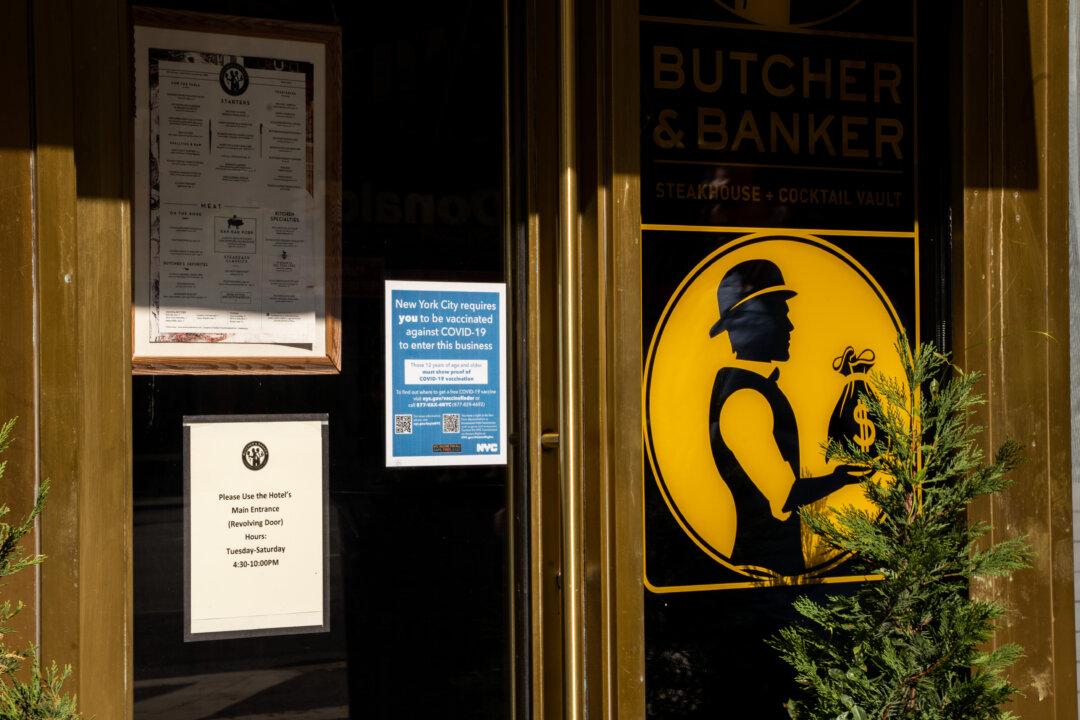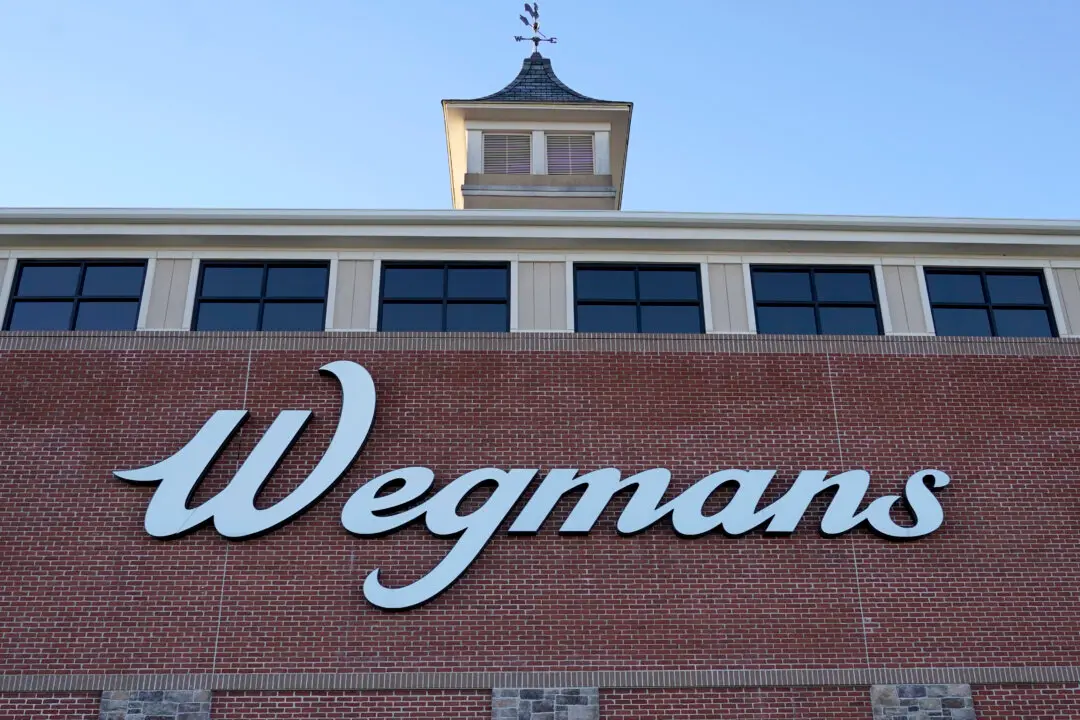Business activity in the United States in September grew at its slowest monthly pace in 12 months, with supply chain hold-ups and capacity shortages hampering growth.
Data firm IHS Markit said on Sept. 23 that its flash U.S. Composite PMI Output Index (pdf)—which tracks the manufacturing and services sectors—retreated to a reading of 54.5 in September. That’s a drop of one percentage point from August’s reading of 55.5 and the lowest level in 12 months.





